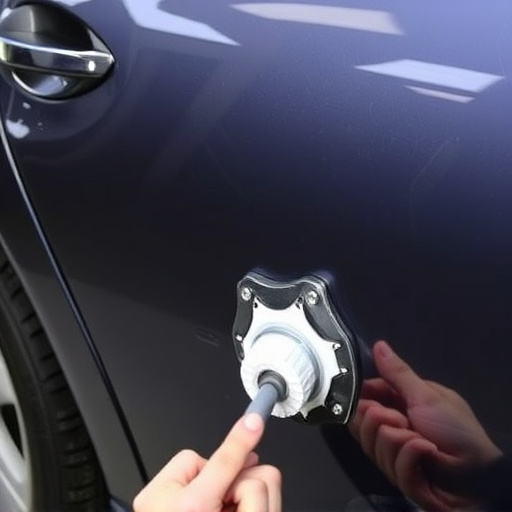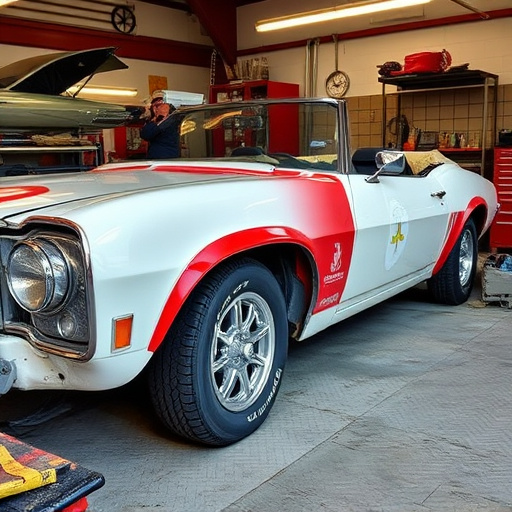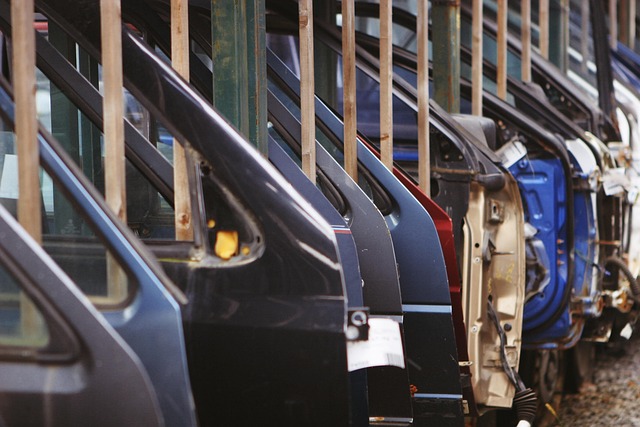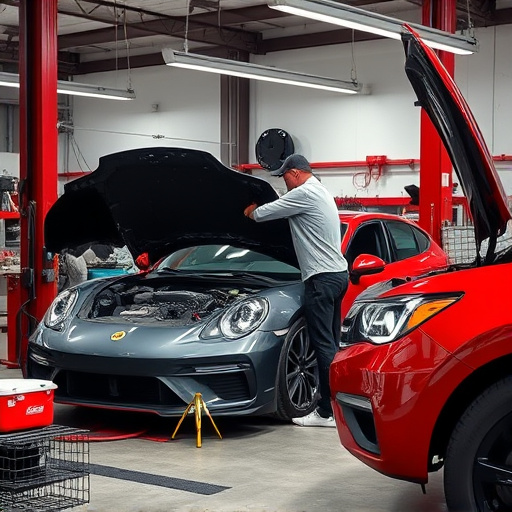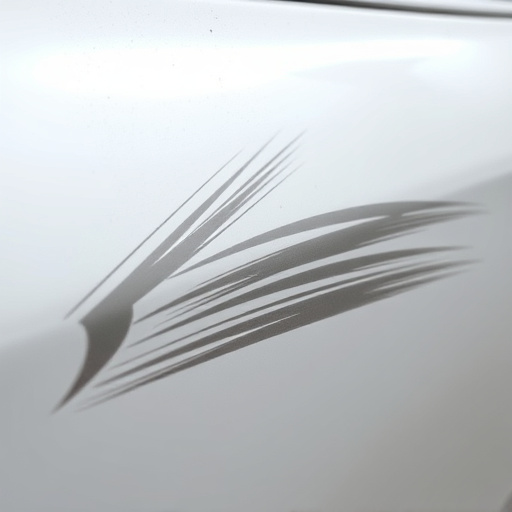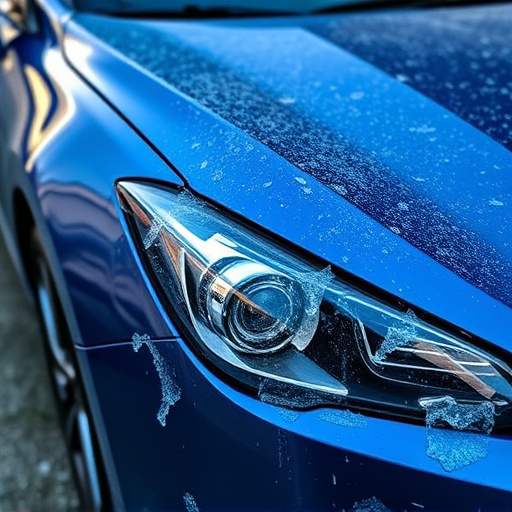Custom color matching collision is a meticulous process vital for maintaining vehicles' aesthetic integrity after damage. Auto dent repair, in particular, demands precise color mixing using high-quality paints and specialized tools like spectrophotometers. Best practices include thorough surface preparation, advanced materials, technician training, regular machine calibration, and detailed record-keeping. This ensures excellent results, enhancing structural integrity and visual appeal during car damage repair or body restoration.
In the realm of design, custom color matching is an art. However, collisions can lead to discrepancies, causing visual mismatches and compromising aesthetics. This article guides you through the intricacies of understanding and avoiding custom color matching collisions. From recognizing potential strategies to adopting best practices, we equip you with tools to ensure accurate color replication. By mastering these techniques, you’ll minimize errors and create harmonious designs, transforming your color-matching process into a seamless symphony.
- Understanding Custom Color Matching Collision
- Strategies to Prevent Color Matching Discrepancies
- Best Practices for Accurate Custom Color Replication
Understanding Custom Color Matching Collision
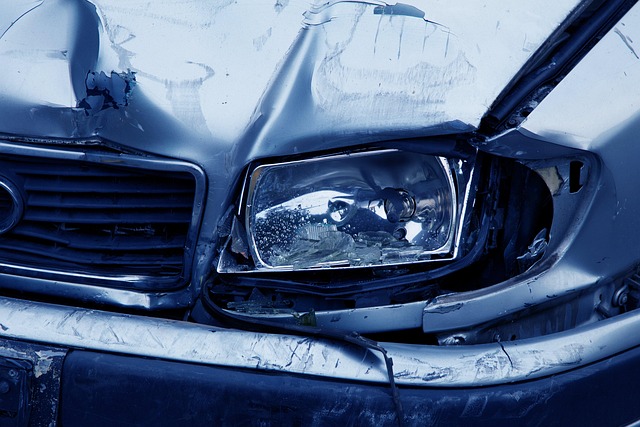
Custom color matching collision is a complex process where vehicles with unique or custom paint jobs need to be repaired accurately to maintain their original aesthetic. This becomes particularly challenging when dealing with auto dent repair, as even minor damage can disrupt the intricate color mixing and application required for an exact match. Auto glass repair also plays a crucial role, as windows and windshields often require specialized coatings and tinting that must align perfectly with the vehicle’s overall color scheme.
In the realm of auto repair services, understanding the nuances of custom color matching collision is essential. It involves precise techniques, specialized tools, and an in-depth knowledge of pigments and dyes. Professionals in this field must be adept at navigating the challenges posed by various factors, including different paint types, environmental conditions, and the inherent variations in manufacturing processes. By mastering these skills, auto repair technicians can ensure that vehicles return to their pre-collision condition, preserving not just their structural integrity but also their unique visual identity.
Strategies to Prevent Color Matching Discrepancies
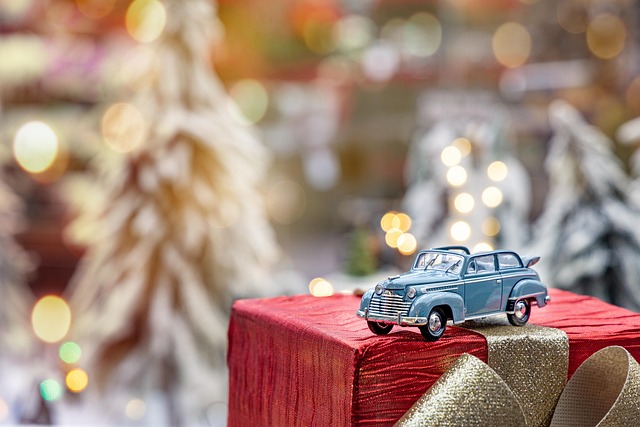
To avoid mismatch in custom color matching collision work, several strategic approaches can help ensure precise and consistent results. Firstly, using high-quality paint and materials is paramount. Top-tier products from reputable manufacturers are more likely to match exactly, reducing the chances of discrepancies. Secondly, thorough preparation of the surface before painting is crucial. This includes proper cleaning, sanding, and priming to create a smooth base that facilitates accurate color application.
Additionally, professional training and experience can significantly mitigate color matching inaccuracies. Skilled technicians understand the nuances of different pigments and how they interact, allowing them to blend and mix colors with precision. Furthermore, utilizing advanced tools like spectrophotometers can provide exact measurements of colors, ensuring a precise match even for complex or unique shades. Incorporating these strategies into auto detailing, car scratch repair, and dent removal processes helps maintain the integrity of custom color matching, resulting in superior finishes that meet or exceed customer expectations.
Best Practices for Accurate Custom Color Replication

To achieve accurate custom color replication during collision work, best practices include preparing the surface meticulously before painting. This involves thorough cleaning, sanding, and priming to ensure a smooth base for the new paint job. Using high-quality materials and the right tools is paramount; this includes precision spray guns and advanced color mixing technologies that can precisely match even the most unique custom colors.
Regular calibration of paint machines and regular training for technicians are essential. Keeping records of each custom color, including its unique formulation, ensures reproducibility. In the event of a custom color matching collision, these practices significantly reduce the chances of an inaccurate replication, resulting in a vehicle that looks as good as new. This meticulous approach is crucial, especially when dealing with car damage repair or vehicle body repair, where precise color matching can make or break the restoration’s overall success and aesthetic appeal.
Avoiding custom color matching collisions is paramount in ensuring accurate and consistent replication. By understanding the causes and implementing effective prevention strategies, such as thorough communication, standard procedures, and utilizing advanced tools, professionals can significantly reduce discrepancies. Adhering to best practices, including regular calibration and a keen eye for detail, will foster precision and maintain customer satisfaction in any project involving custom color matching.


